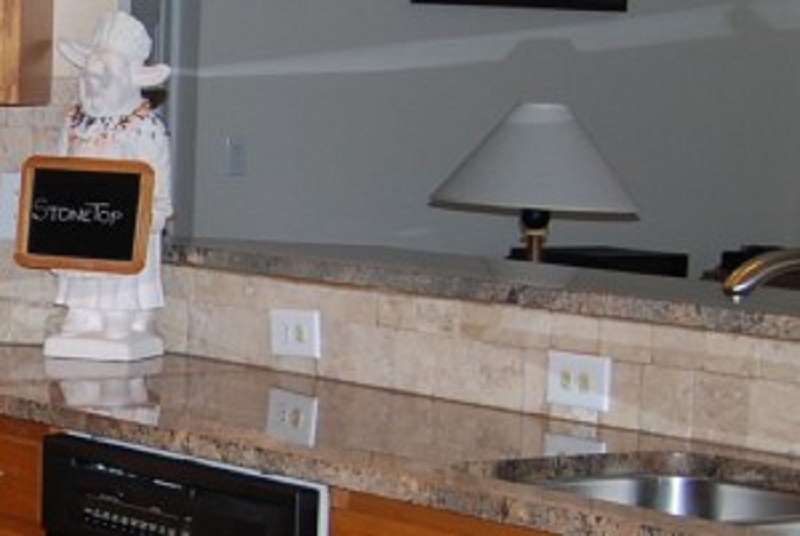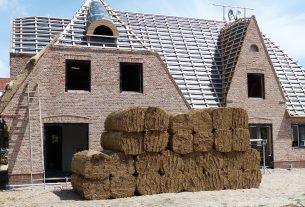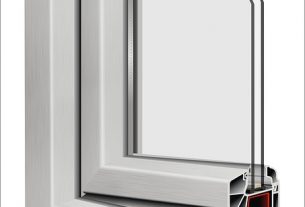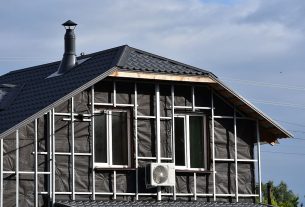How Quartz Countertops Are Manufactured
Increasingly present in kitchens and bathrooms, quartz is becoming one of the most popular materials in the household. You can match the wide variety of colors and patterns available to any style. However, quartz differs from other materials in its manufacturing process. Unlike granite or marble, quartz is a factory-made engineered stone, not a slab cut from the rock. It is manufactured in three stages: extraction, transformation, and customization.
Origin of quartz and its extraction

Quartz is the second most common mineral on the planet. It is often found in the form of veins in various rock formations. Its hexagonal crystalline structure makes it a robust material that is not susceptible to erosion. Interestingly, white sand beaches contain many quartz particles, which gives them a silky, shiny appearance.
In its pure state, quartz is transparent. However, it exists in many colors, as different inclusions from its environment infiltrate it. In other words, the crystals usually contain foreign bodies that give the mineral a particular hue.
As mentioned above, quartz is found in many parts of the world. However, most of the stones used to make quartz countertops come from the United States and Brazil. Quartz is typically located far away on the earth’s surface. Heavy machinery and explosives are often required to extract them.
Quartz is a solid material, but it is useless if it is not mixed with other substances. This process takes place in processing plants.
The transformation of the ore into slabs
When the quartz arrives at the plant, an inspection is carried out to ensure the quality of the materials that go into the slabs. Sorting of the different types of stones is carried out according to the models to be produced. Then, a crusher creates fine particles, pebble-sized pieces, or a mixture to form the desired texture and pattern.
Very few countertops are made of pure quartz. In most cases, crushed granite, marble, natural stone waste, or recycled industrial waste such as ceramic, glass, silica, and mirror are added. This mixture allows the creation of unique slabs. In addition, this recycling reduces the environmental footprint of the countertops.
The next step in the transformation process is the addition of pigmentation and polymer glue or resin. This combination creates a wide variety of colors and patterns available. All the elements are then poured into a vat to be perfectly mixed.
When the substance is ready, it is transferred to a mold. The dimensions of the tiles vary according to the manufacturer. However, the thickness is generally between 2 and 3 cm. The mold then goes to a press, exerting a force of 100 tons. During this stage, the slab is vibrated, and a vacuum cleaner removes all air bubbles to create a perfectly smooth surface.
Then the slabs are cured in an oven at a temperature of 90°C for about 45 minutes. This ensures excellent strength and homogeneity. Finally, the slabs are measured, calibrated, and then polished to the desired finish.
Before leaving the factory, each slab is subjected to quality tests to ensure consistency between the different models. The slabs are sorted and labeled, then distributed to local companies.
Processing by specialized companies
The slabs then arrive at the various retailers, ready to be transformed into kitchen or bathroom countertops. When a customer chooses a model, measurements are taken in the home to allow for precise cutting. Unlike wood or laminate, quartz does not fit on site. The local company must do all the necessary cutting in its workshop before installing it in the customer’s home.
Many steps take place between the extraction site and the house. This is one of the reasons why quartz is a little more expensive than granite. On the other hand, the many advantages of this material, including a non-porous and anti-bacterial surface, make it one of the most appreciated home decoration materials.



